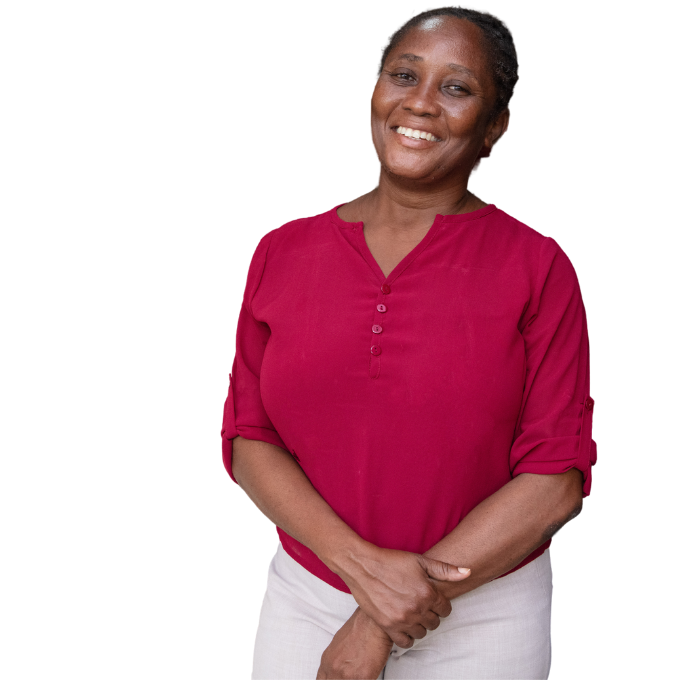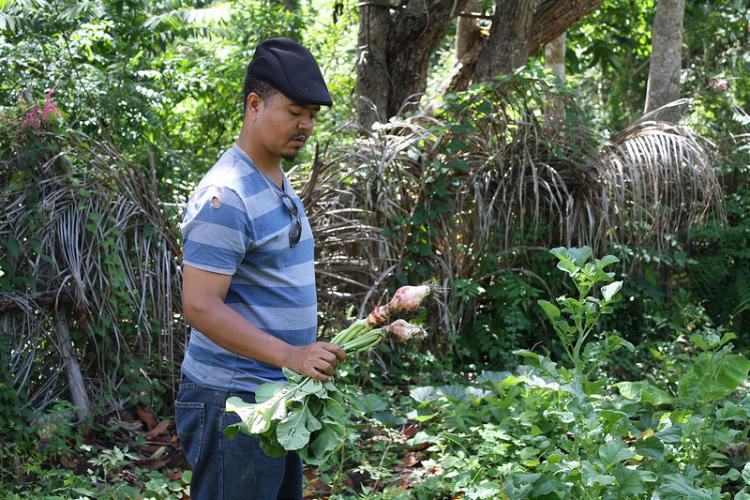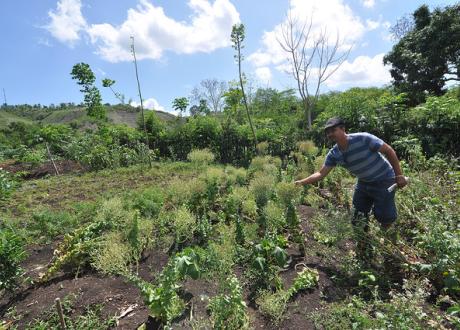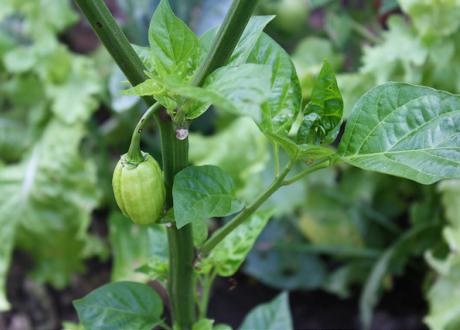“We never give up on our patients. We are proud of our mission, which is to serve the most vulnerable.”
Your donation can help Dr. Clermont and our entire staff care for more patients than ever before.


Though they share the same island, satellite views show a harsh dichotomy between the landscapes of Haiti and the Dominican Republic. The verdant green forests of the Dominican Republic suddenly give way to barren hillsides at the Haitian border, indicative of the overall state of Haiti’s forests. Over the past two centuries, deforestation has reduced Haiti’s tree coverage to just 2%—a perilously low percentage that has been a significant contributor to soil erosion and poverty. HEI/SBH has joined a number of other local and international actors, including the Haitian government, in seeking ways to reforest this once lush Caribbean island.
Trees are important in Haiti for a number of reasons. They prevent soil erosion and improve soil fertility, both of which are vitally important to the livelihood of farmers and the overall Haitian food economy. Fruit trees can offer a source of food and income to families who don’t have a stable cash flow. Furthermore, forest coverage improves quality of life by providing shade and protection from the harsh equatorial sunlight.
Jean Philippe, agronomist and intern in the HEI/SBH Department of Community Development and Education, is in charge of a new tree nursery program called “Pwogram Pepinyè.” Sponsored by HEI/SBH, he recently completed his study of agronomy at Inivèsite Episcopale in Port-au-Prince, training in the science of raising crops and trees for food. We welcomed him back to the team in Fond des Blancs and the community has benefitted greatly from his work. Jean Philippe reports that, in the program’s first year, we are planning to plant 20,000 trees in the local community. 6,000 of these are already being grown and distributed.
“Just last week we began offering trees to people who are in need. We assess the zones in the area surrounding Fond des Blancs to identify those who are most in need. We ask: Do the families have trees already? Do they need another source of income or nutrition?” explains Jean Philippe. “After we have chosen a family we teach them how to plant and take care of the trees.”


This year’s tree crop consists of a wide variety of species. Jean Philippe and two part-time employees have grown cedar and acacia trees as well as fruit-bearing trees including mango, apple, orange, and papaya, among others. This coming week, they will travel to the town of Les Cayes and purchase cashew tree seeds to further expand their botanical inventory.
While Pwogram Pepinyè is meant to improve the lives of Haitians living in and around Fond des Blancs, it also provides valuable work for the employees. Jean Philippe predicts that more and more local residents will be employed as the program expands in the coming years. As with any development project, sustainability is key. Through Pwogram Pepinyè, HEI/SBH hopes to raise the standard of living for people around Fond des Blancs and model an effective system for reforesting and rehabilitating this once flourishing island.
Your donation can help Dr. Clermont and our entire staff care for more patients than ever before.
